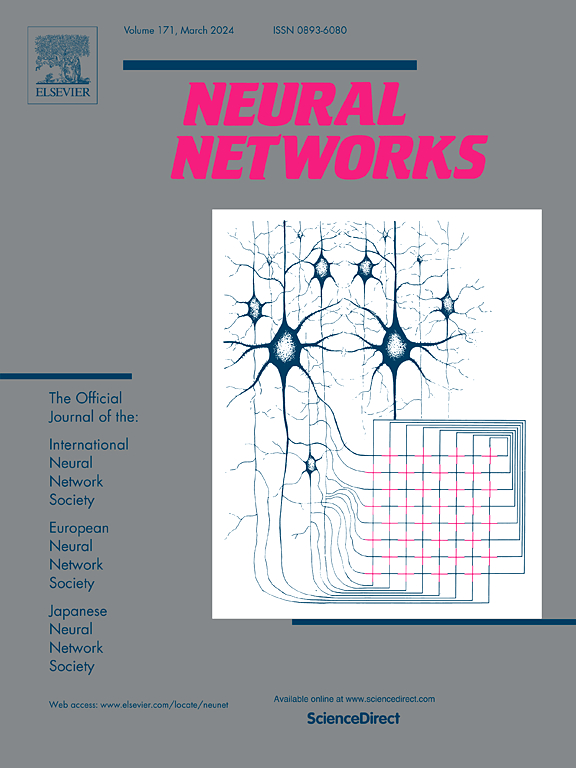DGPrompt:双引导提示生成视觉语言模型
IF 6
1区 计算机科学
Q1 COMPUTER SCIENCE, ARTIFICIAL INTELLIGENCE
引用次数: 0
摘要
在CLIP中引入可学习的提示并对其进行微调,已经在许多下游任务中展示了出色的性能。然而,现有的方法缺乏模态之间的相互作用,忽视了分层上下文信息的重要性,导致视觉和文本表示空间的无效对齐。此外,CLIP对提示高度敏感,使得可学习的提示容易在已知类上过度拟合,从而导致CLIP的一般知识被遗忘,严重损害了对未知类的泛化能力。为了解决这些问题,我们提出了一种原始的双引导提示生成(DGPrompt)方法,该方法促进了视觉和文本空间之间的对齐,同时确保了一般知识的持续保留。DGPrompt的主要思想是:1)图像和文本嵌入的提取通过生成视觉和文本提示相互引导,充分利用两种方式的互补信息对齐视觉和文本空间。2)通过保留模块约束提示调优过程,减少了一般知识的遗忘。在基类到新类泛化和少镜头学习设置下进行的大量实验证明了该方法的优越性。与基线方法CLIP和最先进的方法MaPLe相比,DGPrompt表现出良好的性能,在11个不同图像识别数据集上的平均总谐波平均值上实现了7.84%和0.99%的绝对增益。本文章由计算机程序翻译,如有差异,请以英文原文为准。
DGPrompt: Dual-guidance prompts generation for vision-language models
Introducing learnable prompts into CLIP and fine-tuning them have demonstrated excellent performance across many downstream tasks. However, existing methods have insufficient interaction between modalities and neglect the importance of hierarchical contextual information, leading to ineffective alignment in both the visual and textual representation spaces. Additionally, CLIP is highly sensitive to prompts, making learnable prompts prone to overfitting on seen classes, which results in the forgetting of general knowledge of CLIP and severely impair generalization ability on unseen classes. To address these issues, we propose an original ual-uidance s Generation () method that promotes alignment between visual and textual spaces while ensuring the continuous retention of general knowledge. The main ideas of DGPrompt are as follows: 1) The extraction of image and text embeddings are guided mutually by generating visual and textual prompts, making full use of complementary information from both modalities to align visual and textual spaces. 2) The prompt-tuning process is restrained by a retention module, reducing the forgetting of general knowledge. Extensive experiments conducted in settings of base-to-new class generalization and few-shot learning demonstrate the superiority of the proposed method. Compared with the baseline method CLIP and the state-of-the-art method MaPLe, DGPrompt exhibits favorable performance and achieves an absolute gain of 7.84% and 0.99% on overall harmonic mean, averaged over 11 diverse image recognition datasets.
求助全文
通过发布文献求助,成功后即可免费获取论文全文。
去求助
来源期刊

Neural Networks
工程技术-计算机:人工智能
CiteScore
13.90
自引率
7.70%
发文量
425
审稿时长
67 days
期刊介绍:
Neural Networks is a platform that aims to foster an international community of scholars and practitioners interested in neural networks, deep learning, and other approaches to artificial intelligence and machine learning. Our journal invites submissions covering various aspects of neural networks research, from computational neuroscience and cognitive modeling to mathematical analyses and engineering applications. By providing a forum for interdisciplinary discussions between biology and technology, we aim to encourage the development of biologically-inspired artificial intelligence.
 求助内容:
求助内容: 应助结果提醒方式:
应助结果提醒方式:


